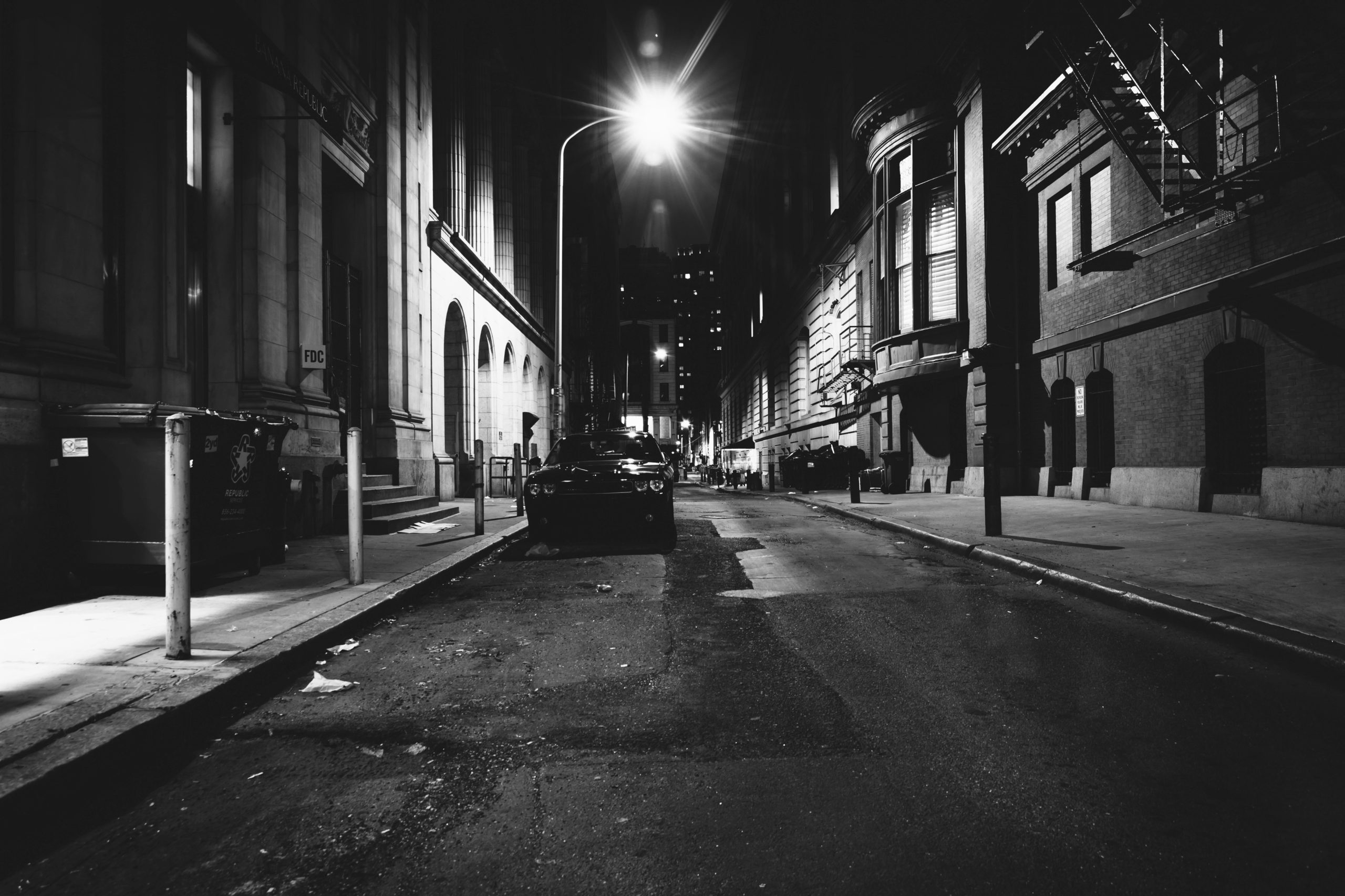When the City Is a Character: Great Urban Settings in Crime Fiction

There’s something magical about the way a great mystery or thriller unfolds in a city that feels just as alive—and just as dangerous—as the characters within it. Some stories give you a gripping plot. Others give you unforgettable characters. But the best ones? They give you a place that breathes, pulses, and broods right along with the narrative.
In crime fiction, cities aren’t just backdrops. They’re participants. They shape the tension. They deepen the danger. And sometimes, they even hold the secrets.
Let’s explore why certain urban settings stay with us long after we’ve turned the last page—and how a great city can become one of the most compelling characters in the story.
🕵️♂️ A Setting That Sets the Mood
Think of Los Angeles in a classic noir. It’s not just a sunny sprawl of palm trees and smog—it’s a city with secrets tucked behind every stucco wall. It’s too bright, too fake, too perfect. And that’s exactly what makes it the perfect setting for betrayal, double-crosses, and moral decay.
Or consider the rain-slick streets of Seattle in the Max Boucher series. That misty grayness becomes a metaphor for grief, for moral uncertainty, for the fine line between justice and vengeance. When Max walks those streets, we feel the weight of the weather—and the weight of his past.
The best urban settings don’t just support the story; they reflect it. They echo the mood, heighten the stakes, and sometimes… they fight back.
🗺️ Cities With Secrets
Cities offer something rural or small-town settings often can’t: anonymity. In a city, a killer can hide in plain sight. A victim can disappear without anyone noticing. And a detective can blend into the crowd, chasing ghosts among the living.
But it’s more than just size. It’s complexity.
Take New York City. In countless novels, it’s a maze of boroughs and back alleys, high rises and subway tunnels. The diversity of people, cultures, and neighborhoods gives authors endless layers to play with. The contrast between the glittering Upper East Side and the gritty underside of Queens becomes fertile ground for class tension, corruption, and cross-cultural clashes.
In Tana French’s Dublin or Ian Rankin’s Edinburgh, the cities come alive with history and geography. Cobblestone streets, ancient cathedrals, pubs filled with dark conversations—these aren’t just details. They’re storytelling devices. The streets don’t just exist; they speak.
🔥 Crime Thrives Where Systems Crack
Let’s be real: crime fiction often focuses on the cracks in society. The people who fall through them, and the people who exploit them. And cities are perfect for this because they’re full of overlapping systems—political, social, economic—that are too big to fully control.
A city can reflect injustice. It can amplify it. From corrupt city councils to overworked police departments, from gentrified neighborhoods to underfunded schools, the complexity of a city allows crime fiction to dive deep into the why, not just the who.
Think about how James Ellroy’s Los Angeles becomes a web of racism, ambition, and institutional rot in L.A. Confidential. Or how Detroit becomes a symbol of post-industrial decline and urban decay in so many gritty crime thrillers. The setting isn’t just important—it’s inseparable from the crime itself.
💀 Mood, Grit, and Vibe
Not every crime story needs a metropolis. But when it does, the atmosphere can make all the difference.
The grime of the streets. The neon glow reflected in puddles. The sirens in the distance. The flicker of fluorescent lights in a 24-hour diner. These are the details that make a city feel real—and make a reader feel like they’re there.
In noir, this mood becomes almost mythic. Cities become jungles of shadow and smoke, where every alley might hold a threat or a clue. In more modern thrillers, tech-fueled cities give rise to digital footprints and surveillance paranoia. The city evolves, but it never stops watching.
🧠 Familiar, Yet Full of Surprise
One reason readers love stories set in real urban locations is because they recognize the places. They’ve walked those streets. They’ve taken that subway. They know what it smells like after rain.
But great crime fiction doesn’t just describe familiar places—it uses them in surprising ways. It reveals hidden layers. It shows us the city’s dark corners, both literal and figurative.
Reading a well-written city mystery is like exploring a place you thought you knew… and discovering that it’s stranger and more dangerous than you imagined.
🏙️ Some Iconic Cities in Crime Fiction
While we’re at it, let’s give a shoutout to a few cities that have truly earned their place on the crime fiction map:
- Los Angeles – From Chandler’s The Big Sleep to Connelly’s Bosch series, it’s the city of noir dreams and Hollywood nightmares.
- New York City – Home to detectives like Nero Wolfe, but also thousands of gritty procedurals and legal thrillers.
- London – Fog, foot chases, and Sherlock Holmes. Enough said.
- Edinburgh – Gritty, brooding, and literary—thanks in part to Ian Rankin’s John Rebus series.
- Seattle – Atmospheric and haunted. (We’re a little biased here—Max Boucher’s story fits the mood perfectly.)
- Dublin – Tana French’s beautifully written, haunting Dublin Murder Squad series brings the city’s darker side into the light.
❤️ Why It Works
At the end of the day, crime fiction is about uncovering hidden truths. And cities are full of them.
They’re where people live in close quarters, hiding their secrets in plain sight. They’re where systems strain and stories collide. And when a crime breaks the surface, a great urban setting gives the reader a lens to see it all—the good, the bad, and the very, very ugly.
So next time you crack open a mystery, pay attention to the city. It might just be the most compelling character of all.
✍️ What’s Your Favorite Crime Fiction City?
Drop it in the comments! Whether you love the fog of London, the sprawl of L.A., or the quiet menace of a fictional small town turned sideways, we’d love to hear what settings stay with you long after the mystery is solved.
And if you haven’t yet, check out Max Boucher’s story Harvested—Seattle’s never looked so dangerous.
